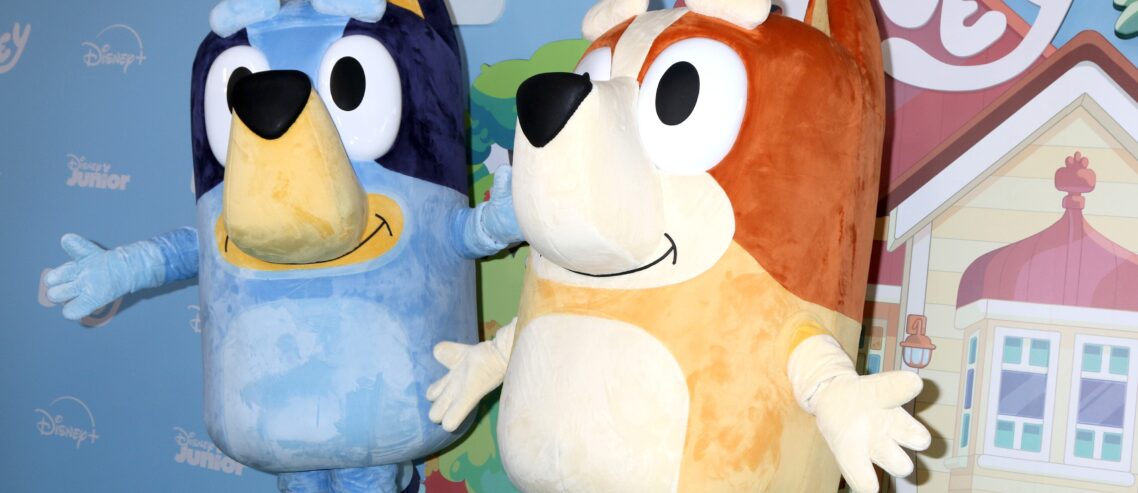The100: Chaos packaging, avoiding errors and building Bluey
The things that haven’t changed
John Sills has shown that, despite all of the incredible changes we’ve had to customer experience in the past decade, customers are no more satisfied than they were in 2014. Sills digs into a few areas that have always been true – people are willing to pay more for certainty and organisations are always promising a little more than they deliver.
“This isn’t a measure of things getting better or worse. This is a measure of how things compare to our expectations. And in that regard, the level of experience we get versus what we think we should get, is exactly the same as it was in 2014. And it will be in 2034: we’re always about 75% satisfied with what we get versus what we’re promised.”
The things that have changed
Dan Frommer has published his mid-year Consumer Trends report. There’s lots about AI (shock), and also pets as a growth market and what people are willing to do to live longer. It’s 125 slides long, so, umm, brace yourselves…
Breaking convention, conventionally
Back in 2012, Molly Watson updated Pierre Bourdieu’s food space chart. The chart plots different foods based on how expensive they are (economic capital) and how in the know you need to be to access or value them (cultural capital).
Jasmine Bina has used Watson’s chart to explain what makes for good chaos packaging. And it can just as easily apply to breaking other category norms (e.g. $55 for 4x bits of cod, anyone?):
“Brands move up and down and side to side on this chart all the time. That’s not hard to do. But what is hard to do, but presents a tremendous opportunity for a brand, is when a brand goes diagonally across this chart […] They don’t just make fancy things cheap or cheap things fancy, they change the meaning of cost and culture.”
How to get big things done
There can be a few speedbumps on the runway when launching a big initiative or project. So Neil Perkin has been looking at how to avoid the classic errors that often hinder us. In short, it comes down to planning, stakeholder alignment and clear incentives:
“Misaligned incentives (especially among contractors, political sponsors, or consultants) breeds dysfunction. Many cost overruns stem from human misalignment, not technical issues. Reward systems should prioritise long-term performance over short-term gains. Build in accountability and monitor alignment continuously.”
And finally…
How they built Bluey’s world. Tales from original series art director, Catriona Drummond. (Side note: I still clap my hands whenever I think about the Bluey Hammerbarn / Bunnings link-up.)
Realtime emoji usage, both globally and across countries 🔥
Crowd sourced internet hacks that make life easier. “If you click on a link with the mouse wheel it opens that link in a new tab.” The world moves off its axis, the screen fades to black.


Comments
Comments are disabled for this post